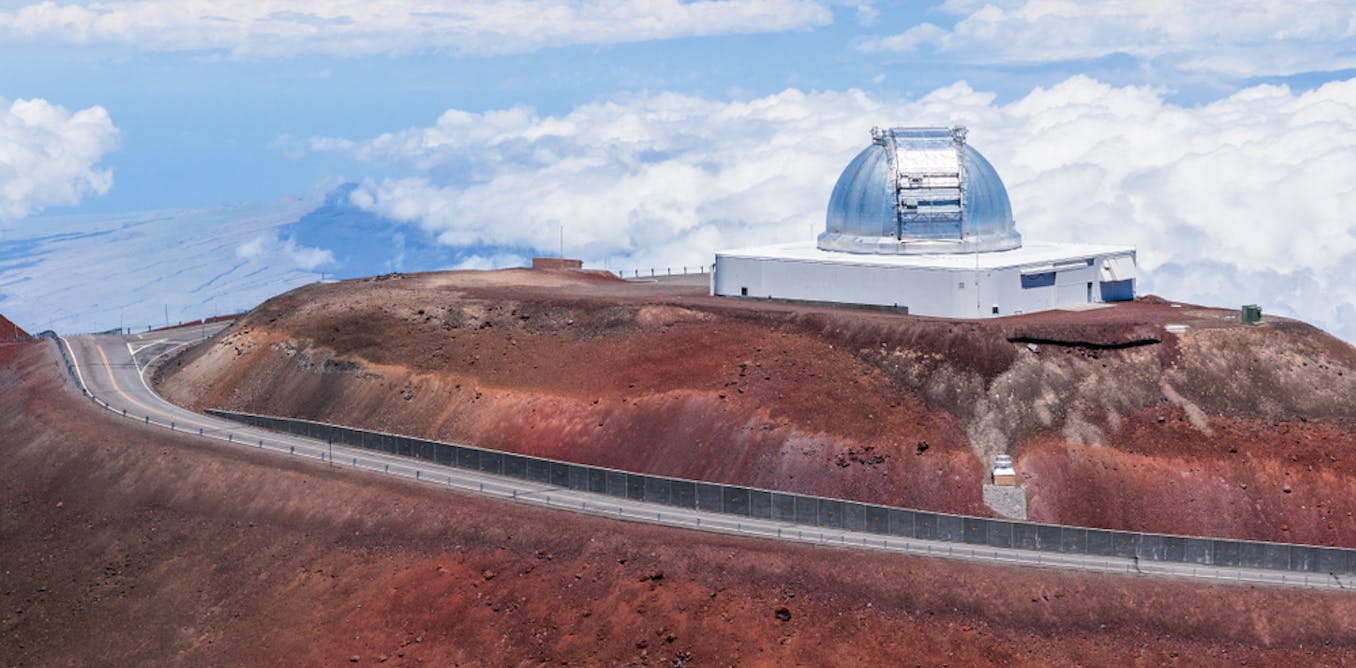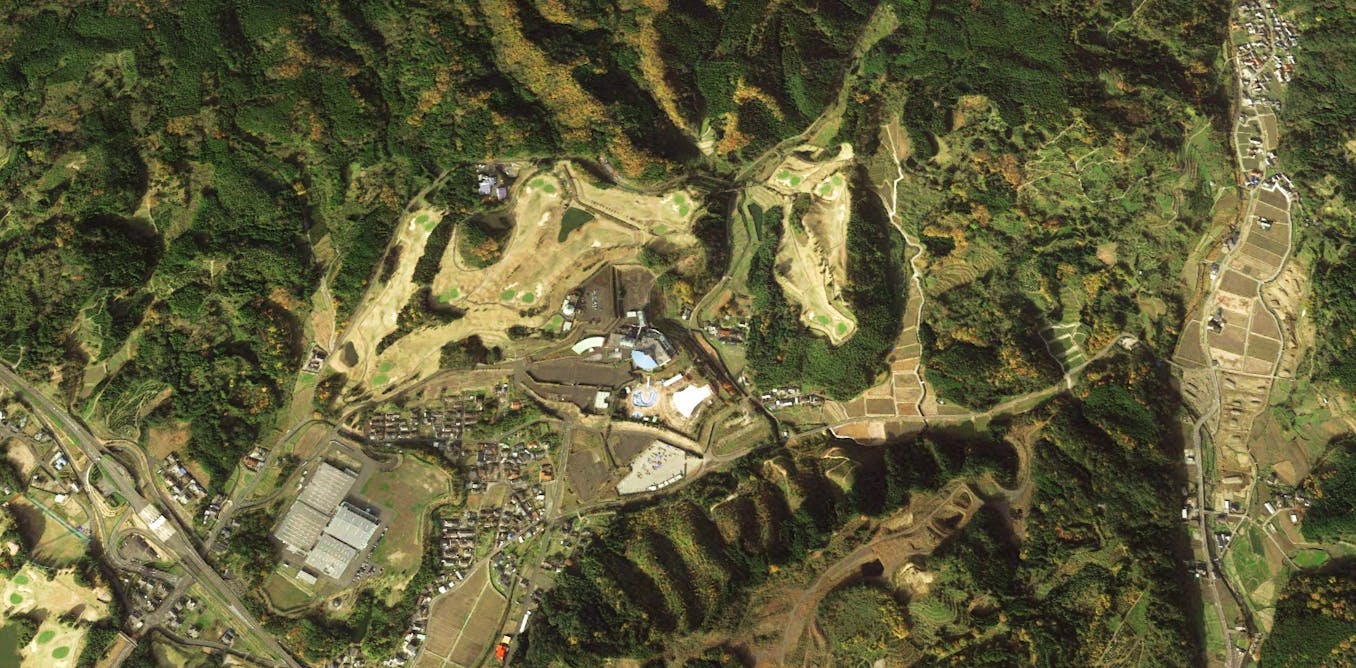The video titled “How Big is The Universe?” takes viewers on an incredible journey through the vastness of space, from our familiar Earth to the outer reaches of the observable universe. Beginning with our home planet, we zoom out to the Moon, our closest neighbor, and then journey through our solar system, marveling at the immense distances to Mars, Neptune, and beyond.
As we venture further into space, we encounter the Voyager 1 probe, the Oort Cloud, and even the neighboring star system Alpha Centauri. The video invites us to contemplate our place in the Milky Way, the Local Group, and the colossal Laniakea Supercluster, where our entire history is just a tiny speck.
Ultimately, we are faced with the limits of the observable universe, leaving us with the humbling realization that there may be countless wonders and galaxies beyond our reach. This video is not just a lesson in astronomy but a profound exploration of our place in the grand tapestry of the universe. Subscribe to Science Time to continue your cosmic journey and marvel at the vastness of space. #universe #sciencetime #space
Watch the video by Science Time
Video Transcript
Earth our home planet a tiny blue dot floating in the immense Cosmic ocean here resides everyone you ever knew every human who ever lived every story that was ever told it’s where our journey begins but as we zoom out beyond our atmosphere past the
Moon Beyond The Familiar planet and the sun we embark on an Epic Quest a quest to grasp the true scale of our universe as we leave Earth’s embrace the first marker on our Cosmic journey is the moon
About 384,000 km away a distance so vast that if you were to drive a car at a constant speed of 100 km per hour it would take you over 160 days to reach it and from this lunar Vantage Point Earth
Appears as a a fragile sphere of Blues and greens cradled in the black void of space a sight that puts our existence into a humbling perspective this is Earth as seen from the Moon as we continue our outward Journey the next Milestone is the sun lying approximately one astronomical unit
Away from Earth this unit equivalent to about 150 million kilm is the standard measuring stick for distances in our solar system imagine this light traveling at an astounding speed of 300,000 km/s takes about 8 minutes and 20 seconds to Journey from the Sun to Earth if you were to travel this
Distance in a commercial jet flying at 900 km hour it would take you about 19 years this immense distance is a stark reminder of the vastness of space even within our own solar system the Sun a fiery Behemoth provides life- sustaining energy to our planet from this incredible distance venturing
Beyond our home planet and its solar companion the sun we set our sites on Mars our enigmatic red neighbor Mars at its closest approach to Earth is about 54.6 million kilm away however this distance can stretch up to 401 million km when the two planets are on opposite sides of the sun
To put that in perspective traveling to Mars at the speed of a commercial jet would take upwards of 50 years this vast expanse of space between Earth and Mars has been a significant challenge for space exploration The Rovers and probes we’ve sent to the red planet embark on a journey that
Is not just far but fraught with complexities due to the constantly changing distances and orbital Dynamics as we journey to the outermost reaches of our solar system we encounter Neptune the distant ice giant lying roughly 4.5 billion kilm from Earth Neptune marks the edge of our solar
Neighborhood sunlight racing across the vacuum of space takes about 4 hours and 15 minutes to reach Neptune from the Sun this staggering distance showcases the enormity of our solar system launched in 1977 the Voyager One space probe represents Humanity’s insatiable curiosity
And our desire to explore Beyond known bound boundaries as of now Voyager 1 has traveled for over four decades covering a staggering distance of more than 22 billion kilometers from Earth it’s the farthest human-made object from our planet a silent Wanderer in the cosmic sea in 1990 at
The suggestion of the renowned astronomer Carl San Voyager 1 turned its camera back towards Earth for one final photograph this resulted in the iconic pale blue dot image and at a distance of about 6 billion kilm from Earth our planet appeared as a tiny faint dot in the vastness of space Sean
Poetically reflected on this image emphasizing our responsibility to cherish and preserve our only home a small Speck in the immense Universe At the very fringes of our solar system lies the ort Cloud a vast theoretical sphere of icy objects this distant cloud is thought to extend up to a
Staggering 100,000 astronomical units from the Sun that’s about 1.9 light years a distance so immense that it’s on the cusp of interstellar space scientists determine the boundary of interstellar space known as the heliopause where the sun’s solar wind is stopped by the
Interstellar medium this is where the influence of our sun ceases and the vast realm of interstellar space Begins the or Cloud represents the final frontier of our solar system a boundary Zone where the sun’s influence wanes and the cosmic journey into the Galaxy truly begins as we venture
Beyond the confines of our solar system our next point of interest is Alpha centor the closest star system to our sun located about 41.3 trillion km away this distance is equivalent to over 276,000 astronomical units at such colossal distances the AU a measure so convenient within our solar system
Begins to lose its practicality hence astronomers use the Lightyear the distance light travels in one year for Interstellar measurements Alpa centu is about 4.4 light years away from us considering our current space travel technology a journey to Alpha centor is almost unfathomable
For instance the Voyager spacecraft traveling at about 17 km/ second would take over 70,000 years to reach this neighboring star system this immense distance underscores the vastness of space that separates the stars and highlights the challenges of interstellar travel our journey now
Takes us to the Grand scale of our home galaxy The Milky Way spanning about 100,000 light years in diameter this vast spiral galaxy is home to hundreds of billions of stars each potentially hosting their own planetary systems within this immense structure there’s a a tiny sphere known
As the human radio bubble extending about a 100 light years from Earth this bubble represents the farthest extent of human influence in the cosmos the reach of our radio and television broadcasts into space beyond this bubble it’s as if Humanity never existed any civilizations residing in the
Vast majority of our galaxy would be oblivious to our presence given that our signals haven’t reached them yet the scale of the Milky Way is so vast that our entire recorded history is but a whisper in the Cosmic Wind undetectable Beyond this small bubble as we leave the Milky Way we
Enter the vast almost incomprehensible realm of Intergalactic space here galaxies float in the cosmic ocean separated by mindboggling distances our galaxy is part of a small Cosmic neighborhood known as the local group a cluster of more than 50 galaxies spread across approximately 10 million
Light years the local group is a diverse assembly including not just spiral galaxies like the Milky Way and Andromeda but also a multitude of smaller dwarf galaxies the distances here are so vast that light from one end of the local group to the other would take 10 million years to Traverse this scale
Dwarfs anything within our own Galaxy underscoring the enormity of the universe Intergalactic space is a silent expanse a vast Wilderness between the islands of Galactic light in this immense void our galaxy home to our entire history is just a tiny Speck among many a single story in the
Grand Cosmic Library as we extend our Cosmic gaze beyond the local group we encounter the Colossal Virgo supercluster an immense collection of Galaxy groups and clusters including our own local group encompassing a region of space about 110 million light years in diameter or 33 megap parex the
Virgo super cluster is a Titanic structure in the universe containing thousands of galaxies from at least 100 Galaxy groups and clusters each with their own Myriad stars and planets as we journey outward from the Virgo supercluster we arrive at an even more staggering Cosmic structure
The lanaka supercluster this immense Congregation of galaxies which includes the Vergo supercluster and extends over 500 million light years is our Galactic home on a grand scale lakia meaning immense Heaven in Hawaiian truly lives up to its name containing the mass of 100 million
Billion Suns lakia is a gravitational Masterpiece with Galaxy clusters superclusters and countless celestial bodies Bound in a cosmic web of Attraction and motion at the heart of lanaka Lies the great attractor a mysterious region of space that exerts a massive gravitational
Pull on the galaxies within this super cluster in this vast expanse our Milky Way the entire local group and even the Virgo supercluster are just tiny components of this gigantic structure lanak Kia provides a profound context for our existence in this immense supercluster we are
Part of something far greater and more Majestic than we can fully comprehend as we reach the boundaries of our Cosmic exploration we encounter the limits of the observable universe an Aston astronomical Marvel stretching about 93 billion light years in diameter this begs a fascinating
Question if the universe is only 13.8 billion years old how can it be so vast the answer lies in the nature of cosmic expansion the universe has been expanding since the Big Bang stretching space and increasing distances between celestial bodies but what lies beyond the observable universe this
Remains one of the greatest mysteries of cosm ology some regions of space are expanding away from us faster than the speed of light placing them forever out of our view consequently the true size of the entire universe remains unknown and potentially infinite the observable universe
Vast as it is might just be a tiny fragment of the entire Cosmic expanse we are left with the humbling realization that there might always be regions of space entire galaxies and wonders that we will never witness as they Retreat endlessly into the depths of the ever expanding universe
Video “How Big is The Universe?” was uploaded on 02/03/2024 to Youtube Channel Science Time

The post “What is the Size of The Universe? – Video ” by GretAi was published on 03/11/2024 by news.gretai.com






































